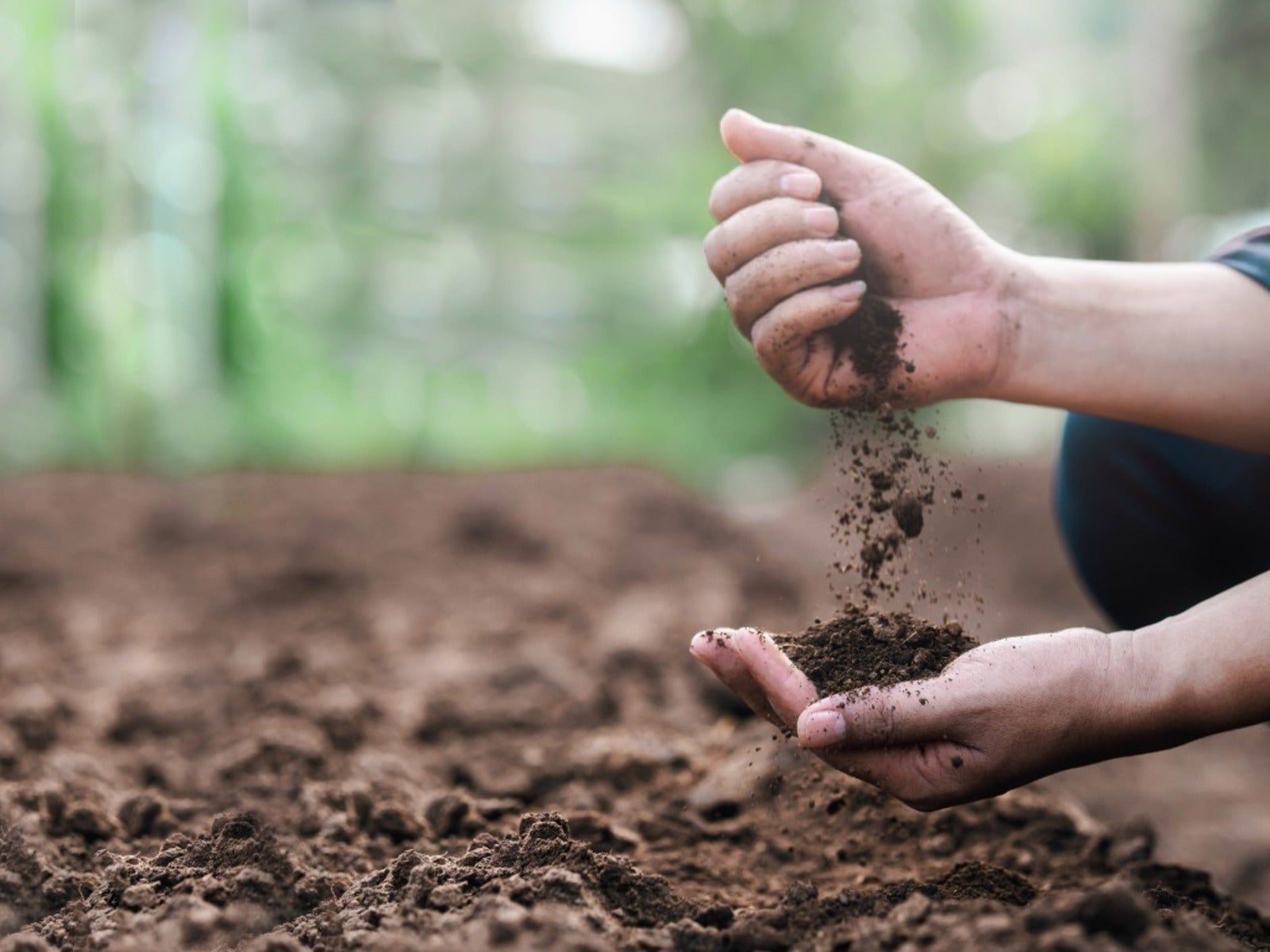Soil Conservation Guide – Everything You Need To Know


Soil provides nutrients for plants as well as millions of microorganisms. However, this only applies if the soil is healthy. Soil conservation is the movement to keep soil healthy, fertile and productive, as well as protecting it from erosion and deterioration. Learn about different methods of soil conservation here.
What is Soil Conservation?
It is of great importance to farmers and home gardeners alike to conserve the soil. Soil conservation involves a focus on maintaining soil fertility and preventing soil loss from erosion and salt or chemical pollution.
Soil conservation practices vary depending on the crop management objectives and the different environmental factors involved. But taking action toward conservation is necessary to preserve our soil today and for future generations.
Why is Soil Conservation Important?
Soil conservation is important because soil is essential for growing the crops that keep humankind alive. Do you think of soil as indestructible? It isn’t. Humans need agriculture but only a small percent of the earth’s topsoil is appropriate for agriculture, and it is fragile. The US has lost much of our topsoil to erosion and it is disappearing much faster than it is being replaced.
But that’s only one part of the story of why soil conservation is important. Using soil conservation methods is important for climate science too. Healthy soil means healthy ecosystems, and this can help to reduce the destructive impact of climate change. Land conservation helps grow enough food and material for technical needs such as household textiles or fuel.
Land on which vegetation grows is a place where animals can find food and shelter. Additionally, soil conservation is important to water quality since the soil filters water that passes through it and improves the quality of water.
Erosion, Pollution, and Overuse
Climate change is one threat to conserving soil, but equally important are the overuse of toxic pesticides, slash-and-burn land clearing methods and overuse of land. Chemicals in pesticides not only contaminate soil and water sources, but they also kill off beneficial insects including pollinators like bees and also wild birds.
Sign up for the Gardening Know How newsletter today and receive a free copy of our e-book "How to Grow Delicious Tomatoes".
Overuse of land is also a problem. When forests are taken out for timber or pastures are grazed to the ground, erosion can quickly remove soil from the land. The area becomes a desert, which can limit soil’s ability to play its part in the global climate cycle.
Methods To Conserve Soil
There are more than a few soil conservation methods that can protect our land. The ones that are appropriate in one case might not work well in another, so methodology must be tailored to the environment. A few methods that appear to work well include:
- No-till farming - Tilling the land removes all plant covering, making the soil subject to erosion. No-till farming leaves cover crops in place.
- Terrace farming - Terracing uses steps built into the hilly areas. It creates a system of catching water as rainwater brings nutrients from one terrace to the other. Finally, it minimizes possible soil erosion.
- Contour farming - This practice also involves agriculture on hills. Farmers use the natural slope during plowing to create rows of small dams. This method limits water runoff and causes more water to pass into the soil.
- Integrated Pest Management - This is a method of using organic and nontoxic methods to control pests before resorting to toxic chemicals. It manages insects by preventing them from feeding without disrupting the ecosystem.

Teo Spengler is a master gardener and a docent at the San Francisco Botanical Garden, where she hosts public tours. She has studied horticulture and written about nature, trees, plants, and gardening for more than two decades, following a career as an attorney and legal writer. Her extended family includes some 30 houseplants and hundreds of outdoor plants, including 250 trees, which are her main passion. Spengler currently splits her life between San Francisco and the French Basque Country, though she was raised in Alaska, giving her experience of gardening in a range of climates.